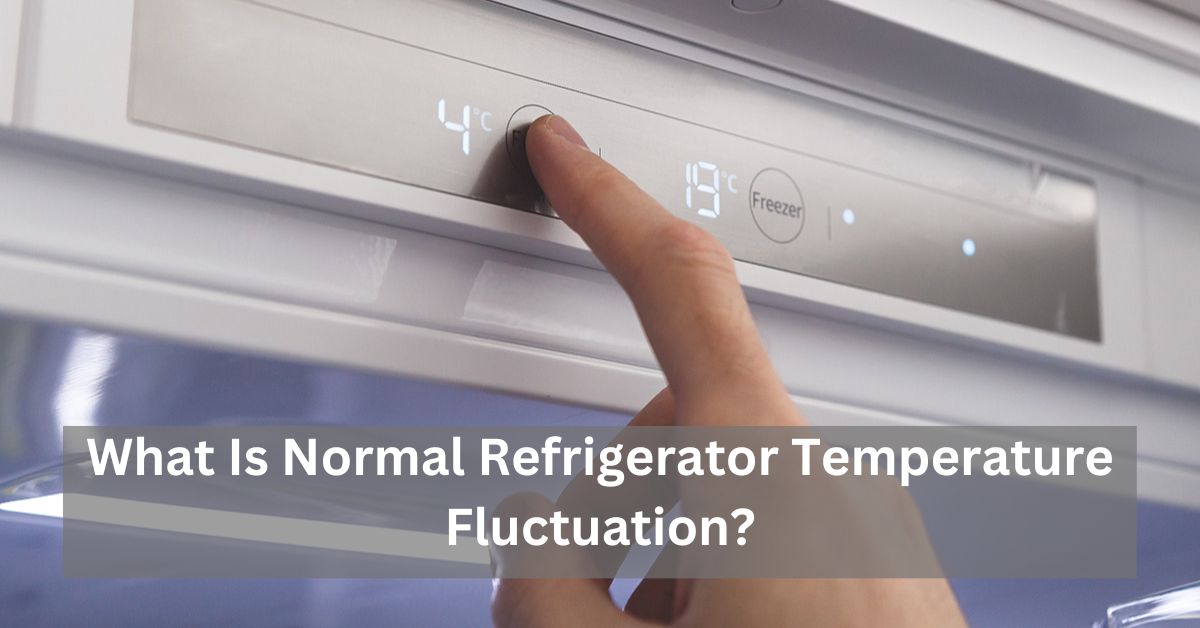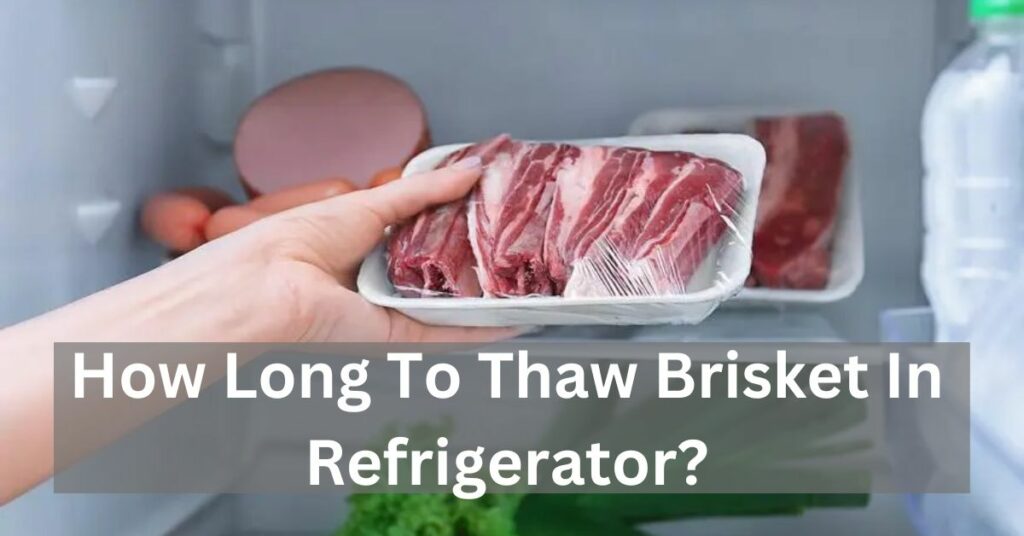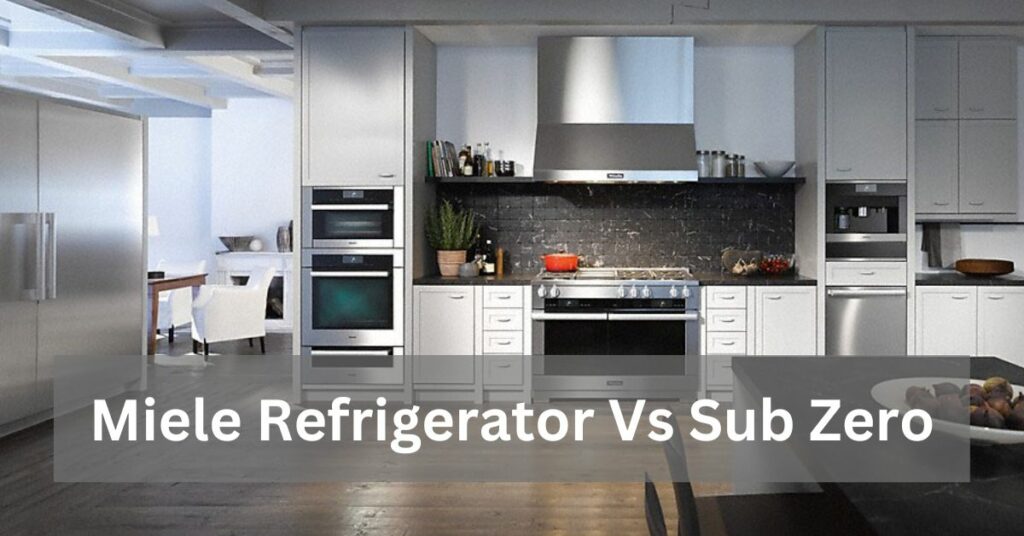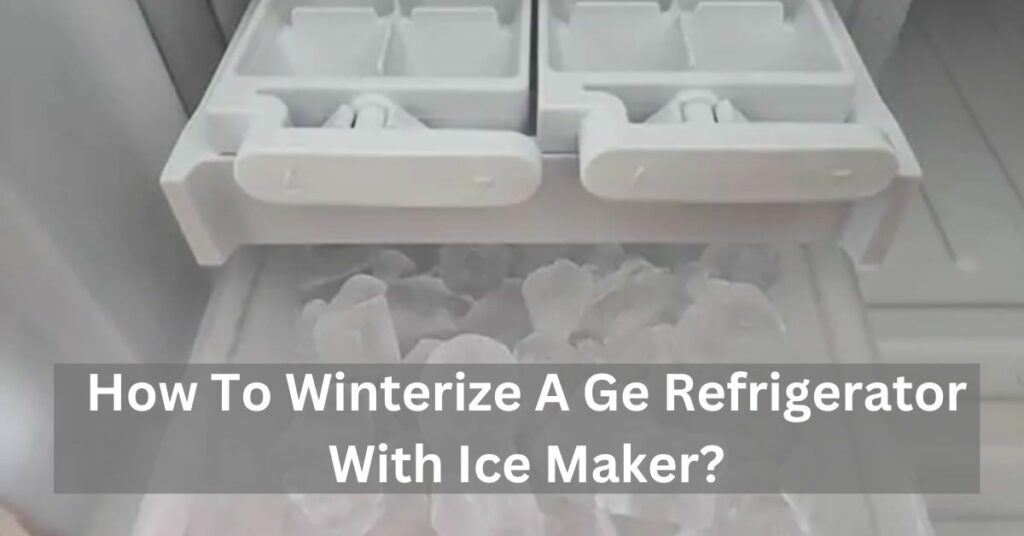Have you contemplated the inconspicuous dance of temperatures inside your refrigerator?
Go on an excursion as we demystify the idea of ordinary, more astonishing temperature changes.
Let’s decipher the mystery of normal temperature fluctuations in the refrigerator, which are the appliance’s rhythmic heartbeat.
The Ideal Refrigerator Temperature:
The ideal refrigerator temperature is pivotal for safeguarding the newness and well-being of short-lived food sources.Ordinarily set between 35 to 38 degrees Fahrenheit (1.7 to 3.3 degrees Celsius), this reach dials back bacterial development and forestalls untimely decay.
In any case, it’s essential to note that some temperature variance is typical in refrigerators.Variances can happen because of variables, for example, the entryway opening and shutting, thaw-out cycles, or changes in the room temperature.
While these varieties are ordinary, limiting huge temperature swings to guarantee food handling is fundamental, and routinely observing and changing the refrigerator’s settings, utilizing a thermometer, and rehearsing significant association inside the machine to keep a reliably ideal temperature, shielding the quality and security of put-away food things.
Reasons for Temperature Vacillations:
Understanding the expressive dance doesn’t simply end with the actual dance; we should dig into the contributing variables that impact these temperature vacillations:
1. Blower Activity:
The blower is the heartbeat of your refrigerator and is liable for siphoning refrigerant through the framework. It controls temperatures as it cycles on and off, prompting inconspicuous vacillations. Current refrigerators frequently come furnished with cutting-edge innovations to limit temperature swings.
2. Entryway Openings:
Each time you open the more astonishing entryway, you welcome an explosion of warm air, provoking the blower to kick in to re-establish the set temperatures. Predictable and drawn-out entryway openings can add additional recognizable variances.
3. Surrounding Room Temperature:
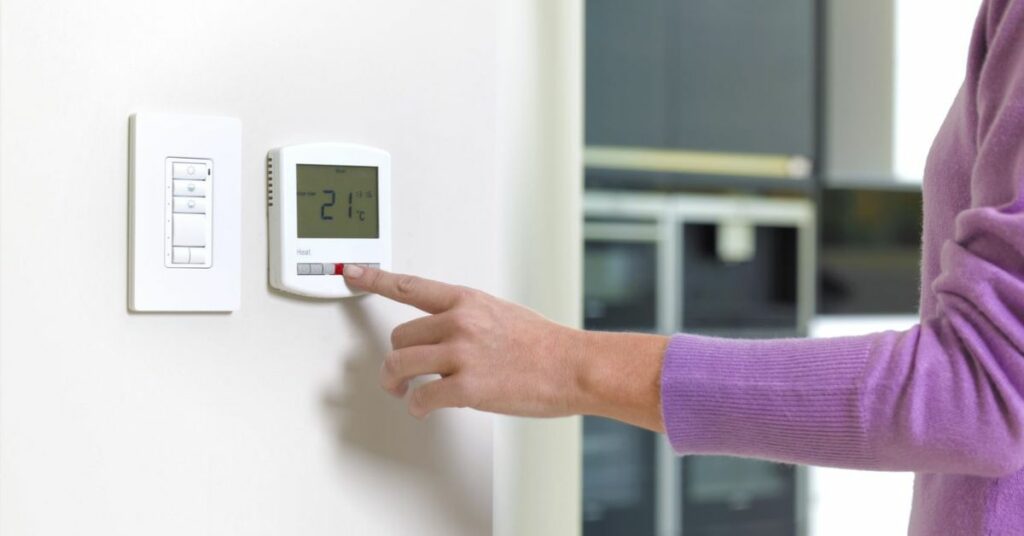
The room’s temperature lodging your refrigerator assumes a part in its presentation. The blower might work harder in more sizzling environments, causing more regular cycles.
4. Age and Condition:
Der refrigerators or those needing upkeep could show more huge temperature variances. Ordinary upkeep can moderate these issues.
Read More: How To Winterize A Ge Refrigerator With Ice Maker?-The Complete Guide
Normal variations in temperature:
A refrigerator’s normal temperature fluctuations are a natural part of its operation and can do several things.
Variances typically happen because of the machine’s chilling framework cycling on and thawing out cycles and outer impacts, for example, room temperature changes. Door openings and closings also cause minor temperature variations.
Even though these changes are regular, keeping them within a reasonable range to keep food safe is essential. Makers plan refrigerators to keep a set temperature range, typically between 35 to 38 degrees Fahrenheit (1.7 to 3.3 degrees Celsius).
Routinely checking the inside temperature with a thermometer, limiting delayed entryway openings, and trying not to overburden the refrigerator can assist with keeping a more steady climate for food protection.
The appliance’s efficient operation and the longevity of stored food items are enhanced by understanding and managing these typical fluctuations.
Controlling and adjusting the temperature of the refrigerator:
1. Ideal Temperature Reach:
Keep up with the refrigerator temperature inside the prescribed scope of 35 to 38 degrees Fahrenheit (1.7 to 3.3 degrees Celsius).
2. Advancing Food handling:
Guarantee that transitory things in a climate that restrains bacterial development expand their newness.
3. Strategic Location of the Thermometer:
Place the thermometer in a focal area inside the refrigerator to accurately portray the general temperature.
4. Occasional Changes:
Also, know about occasional changes and change the refrigerator settings, particularly during hotter months.
5. Proficient Association:
Coordinate the more remarkable items for appropriate air dissemination, forestalling restricted temperature varieties.
6. Forestalling Congestion:
Do not avoid packing the refrigerator, as this can hinder the air course and lead to lopsided temperatures.
7. Guaranteeing Even Ventilation:
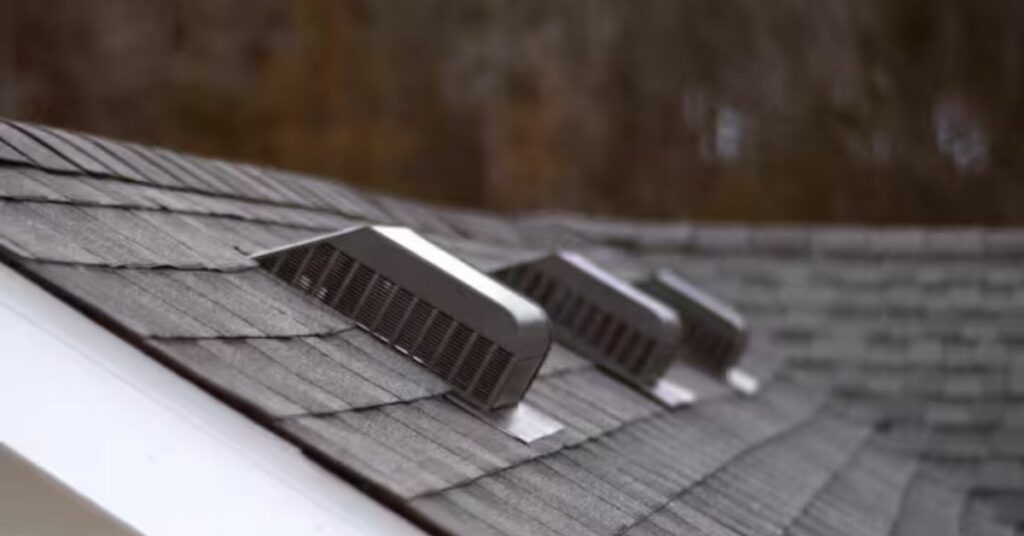
Keep the vents and air sections inside the refrigerator unhindered to guarantee even dissemination of cold air.
8. Adapting to Changes in the Environment:
Change temperature settings given changes in the kitchen climate or outer elements that might affect cooling proficiency.
9. Limiting Entryway Openings:
Lessen the recurrence and term of entryway openings to limit temperature vacillations brought about by warm air entering the refrigerator.
10. Getting the Most Out of Your Refrigerator:
By effectively observing and changing the refrigerator temperature, clients can improve execution, upgrade sanitation, and broaden the life expectancy of put-away things.
Read More: My Refrigerator Is Making A Clicking Noise?-Complete Guide
Troubleshooting and Maintenance:
Now that we’ve valued the intrinsic expressive dance of refrigerator temperatures, we should investigate ways of enhancing strength and guarantee your food partakes in tranquil conservation:
1. Indoor regulator Adjustment:
Consistently check and align your indoor regulator to guarantee it precisely mirrors the ideal temperatures. A few refrigerators accompany computerized controls, considering exact changes.
2. Productive Association:
Organize things decisively inside your refrigerator to advance a legitimate wind stream. Abstain from congestion, particularly around air vents, to work with steady cooling.
3. Seal Assessment:
The honesty of your refrigerator’s entryway seals is essential. Consistently examine and clean the seals to guarantee they structure a tight bond in the entryway, limiting pointless temperature vacillations.
4. Continual Upkeep:
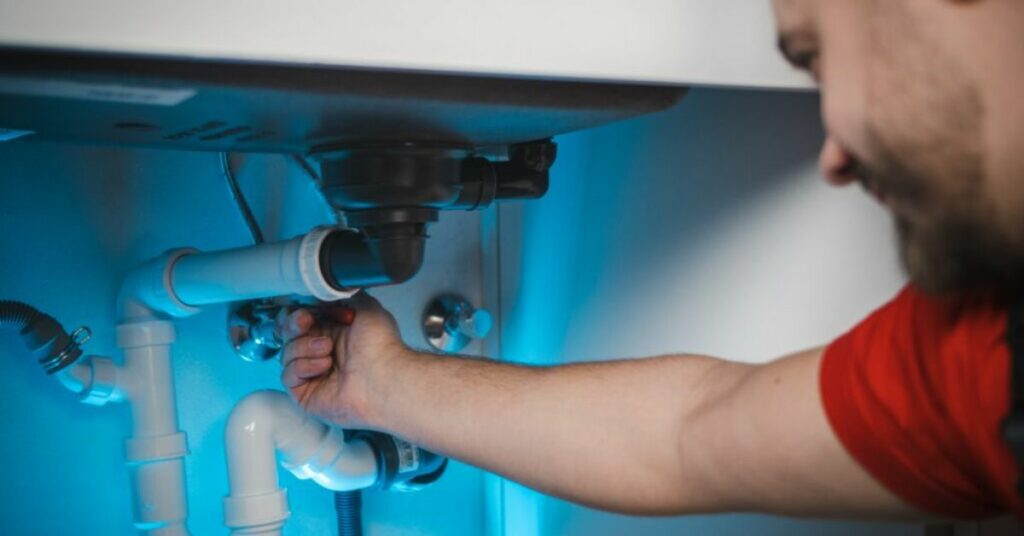
Perform routine maintenance to keep your refrigerator in top working order. Clean the loops, guarantee appropriate ventilation around the apparatus, and quickly address any issues to keep them from heightening.
Read More: Can You Leave A Refrigerator Unplugged For A Year?-Full Guide
Faqs:
1. Is it typical for a refrigerator to change temperature?
All refrigerators are inactive now and again, which permits their temperatures to increase.
2. How many degrees should a refrigerator fluctuate?
The ideal refrigerator temperature is 40 degrees Fahrenheit or underneath in the principal part of the refrigerator.
3. Can we set the refrigerator to 5 degrees?
The Food Guidelines Office encourages family refrigerators to be at 5 degrees Celsius or underneath.
4. What is the ideal refrigerator temperature setting?
The temperature of a refrigerator ought to be set at 0 degrees Fahrenheit so everything stays freezing.
Conclusion:
In the fabulous ensemble of your kitchen, the refrigerator becomes the overwhelming focus, leading an orchestra of temperatures to save the newness of your food.
Typical temperature variances are essential for this coordinated dance, a sensitive equilibrium that guarantees ideal food handling and life span.

